On 28 September 2020, the Vivekananda International Foundation (VIF) and Institute of South Asian Studies, National University of Singapore (ISAS-NUS) jointly organised a book discussion on “Bangladesh at 50: Development and Challenges” edited by Dr Sreeradha Datta and Dr S Narayan. The VIF’s Director - Dr Arvind Gupta and ISAS’s Director - Prof. Raja Mohan welcomed the participants and delivered the opening remarks in which they stated Bangladesh’s journey of transition from a Least Developed Country (LDC) to a developing country as an ongoing and outstanding achievement. Bangladesh has shown consistent high economic and socio-economic indicators, and therefore it is crucial to understand how the country achieved such success, which the authors have discussed in the book.
Both editors - Dr Sreeradha Datta and Dr S Narayan introduced the book to the participants of the discussion. Dr Datta highlighted the remarkable history of Bangladesh, its 50 years of independent existence and achieving a consistent 06 per cent GDP from lower than one per cent GDP along with political instabilities. Further, Dr Datta introduced all the chapters and the respective authors. The first chapter - “Bangladesh: A Journey of Dual Graduation and the Attendant Challenges” by Mustafizur Rahman highlights the graduation from LDC status. Another chapter - “Bangladesh’s Future Export Challenges and the need for a FTA Strategy” by Amitendu Palit focuses on the export challenges the country faces. A chapter - “The Challenges of the Readymade Garment (RMG) Industry” by Selim Raihan focuses on the success story of the RMG industry. The following chapter - “Policy Stances and Financial Sector Developments in Bangladesh” by Salehuddin Ahmed emphasises the growth story of the financial sector. Further, Mr Ahmed stated that due to administrative muddling in the financial sector, Bangladesh’s Central Bank autonomy is affected. There is a need to encourage professionalism, and political interference should be minimised.
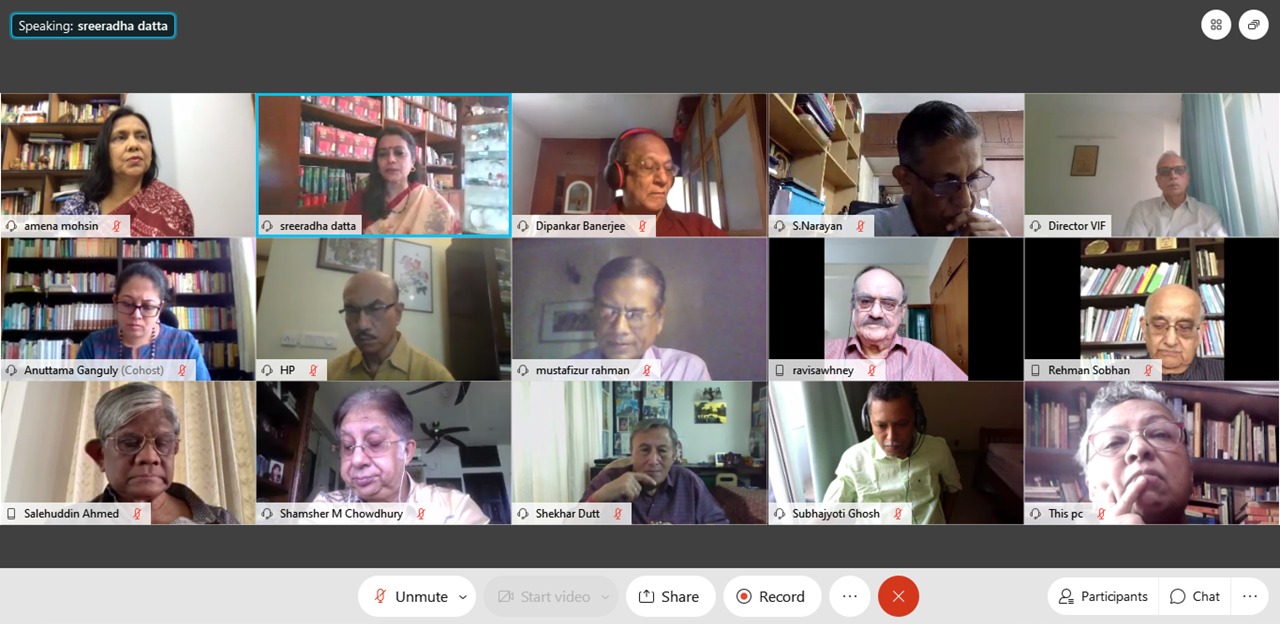
Dr Datta’s chapter on “Bangladesh: Examining the contemporary politico-social fabric” underlines the developments in the political and social sphere. One of the chapters - “Militancy in Bangladesh” by Amit Ranjan and Roshni Kapur emphasised the distinction between terrorism and militancy. Several counter militancy measures and de-radicalisation programme have been employed, but the fact remains how Bangladesh still struggles to detach itself from the militancy factor. On the issue of terrorism and radicalisation, question raised about Rohingya crises in refugee camps in Bangladesh and how Bangladesh may proceed to contain the radicalisation and extremism among Rohingyas. And it was affirmed that Rohingya youths are easy targets for recruitment by the terrorist groups, and there is a need to address as the Rohingya issue.
Prof Amena Mohsin’s chapter on “Women, Development and Empowerment: The Bangladesh Context” brings in the development story of women development indicators. During the discussion, question was raised that despite increasing women participation, there is gender segregation at the workplace; women have concentrated in the informal sector,and the lower-paying jobs with little social security as per the 2017 report published by the International Labour Organisation (ILO). Prof Mohsin stated that there is no gender segregation at the policy level, and the Bangladesh government is mainstreaming women in all the sectors.
Amb Shamsher M. Chowdhury’s chapter on “Five decades of Bangladesh-India relations” focuses on the Indo-Bangladesh bilateral relations and has taken at a fresh look. There is positive development between the two countries and the perception issueshave to be resolved, thereby accepting that there are misgivings on both sides. During the discussion, Gen Sawhney further stated that both countries should not concentrate on the internal dynamics, but focus on commonalities and how the economies are developing. The armed forces of both countries – India and Bangladesh are maintaining cordial relations with each other in South Asia. There is a requirement of meeting each other more often, especially the young scholars/researchers of both nations.
Dr S. Narayan and Sarin Paraparakath’s chapter on the energy issues and its sustainability were further elaborated during the discussion. Dr Narayan attempted to point out Bangladesh’s exceptional story of the past 20 years. Cooperative efforts of multilateral, organisations, micro-organisations and NGOs played a key role in the development, and enabled the country to address issues of rural poverty.Bangladesh could grow and prosper because of the trust the Bangladesh government placed on these institutions. The development has been built around the exports, and other sectors of the economy have also progressed significantly, such as the steel industry, and the pharmaceuticals industry. Workers are also part of the success story, and rural women have entered the urban market place. The development of competitive entrepreneurship is part of the success story of women. Bangladesh’s farmers have helped in the rise of food production from 10 million to 40 million tonnes and diversified rural economy.
Despite the dynamics of development, there is a need to have well-structured governance. There is a need for a more effective and accountable bureaucracy. Significant dynamism in the quality of governance is needed with strong judicial independence. A functional democratic structure will be the strength of the future of Bangladesh and will establish a much more egalitarian society. However, COVID-19 has halted the economic growth of the country. The post-COVID-19 would be a different story than that narrated in the book. There is a decline in remittances and employment opportunities are going down. Nevertheless, the discussion concluded on a positive note that Bangladesh has notable achievements and shall continue to prosper and grow.


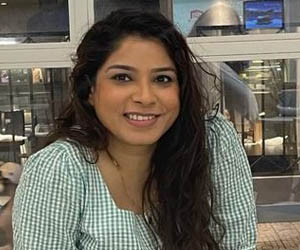


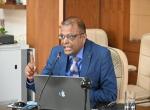
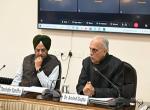
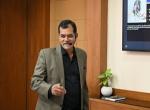
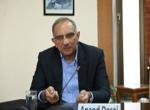
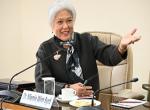
Post new comment